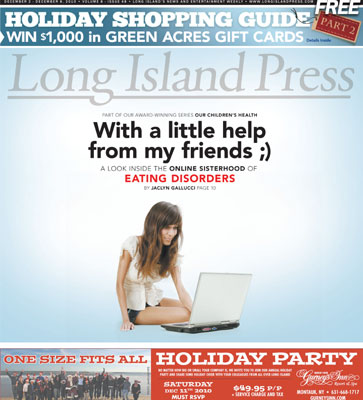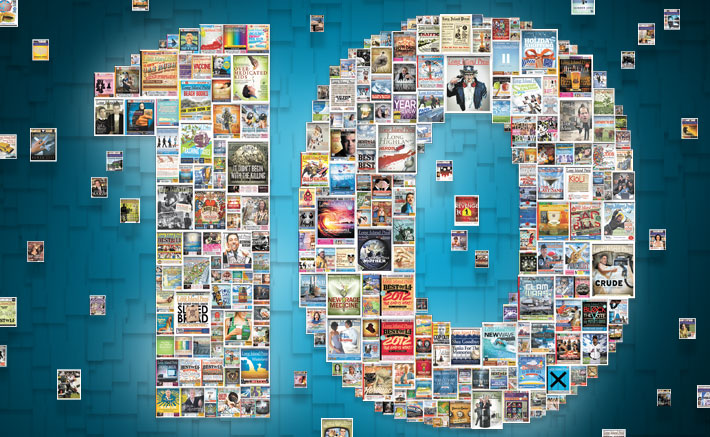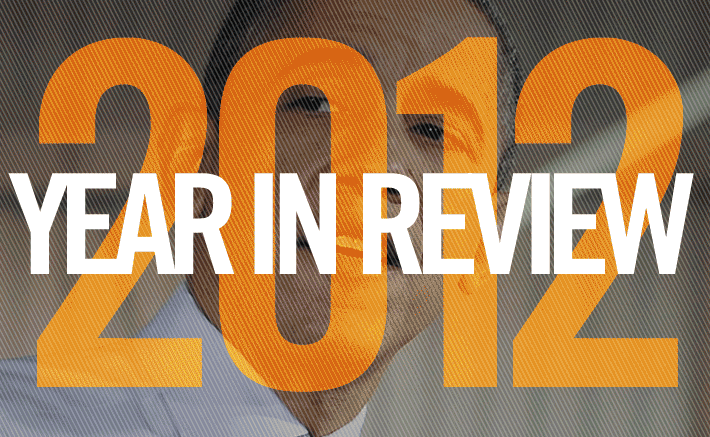
SOCIAL NETWORKING
Sarah is a 34-year-old woman with two kids; she’s a highly respected college professor with two masters degrees and a doctorate—and a husband who has no idea that his wife has a second life online. Sarah is Rachel’s best friend on the site. They met on the same message board two years ago. But Sarah’s husband doesn’t know Rachel exists. He also doesn’t know that Sarah has had an eating disorder, in varying forms, since she was in high school.
“He doesn’t even know I have any type of food issues,” says Sarah. “He knows I diet, but nothing serious, which it isn’t—I’m not even underweight. And I still get my period. And I only purge maybe twice a week.”
And many of those who frequent this site, feel the same way because they don’t meet the diagnostic criteria of having either anorexia or bulimia.
According to the Diagnostic and Statistical Manual of Mental Disorders (DSM), which sets the standards for diagnosing mental disorders, in order for a diagnosis of anorexia, an individual must maintain a body weight less than 85 percent of that expected, and must not menstruate for three consecutive months, if the person is female.
A diagnosis of bulimia, according to the DSM, requires episodes of binge eating and purging—by vomiting, laxatives or other “compensatory” means—to occur at least twice a week for three months.
Whatever behaviors do not fit in either of those diagnoses are considered EDNOS, or Eating Disorder Not Otherwise Specified.
Being in the EDNOS category is a comfort to Sarah. It makes her “food issues” not that serious. But according to a 2009 study conducted by the University of Minnesota, it is. While considered a milder eating disorder, EDNOS has a higher mortality rate than both anorexia and bulimia.
For Rachel, meeting the DSM standards for anorexia is a badge of honor.
“I worked real hard for this, but I’m not there yet,” she says wrapping her thumb and pointer finger around her left wrist. Rachel can touch all of her fingers to her thumb that way, but she wants her thumb to pass the nail bed of her pointer finger. “Before, I used to only be able to touch my middle finger and my ring finger to my thumb,” she says, unable to hide her pride.

And she has the pictures to prove it—a photo gallery of her progress posted online. Underneath, the comments range from, “You are way too skinny, honey. Take care,” to “I am so jealous.”
Another comment is from a girl saying how bad she wants to be anorexic too. She asks Rachel, “How many calories do you eat per day?”
After that question, the gallery is locked, meaning no one can respond to the question, and the member is banned from posting on the site.
“You can usually tell when they are just here for tips and to learn how to be ‘ana,’” says PJ, the 26-year-old woman who runs the website. “Then when you see they have only one or two posts, they’re done.”
Every time a member posts something, either a question or a reply, there is a ticker that keeps track of how many posts the person has made on that particular site. Most members have at least 1,000. Many have 20,000. The ones who have fewer than 100 have to prove they are there for the proper reasons, PJ says.
“We do not want people coming in here to learn how to make themselves sick,” says PJ. “We have very strict rules. If you have an ED [eating disorder], then you are welcome here, we provide a community. But if you don’t, if you just want to look good in your bikini, then goodbye. We don’t want people like that here.”
And many of those who end up on support sites are those with functional disorders, those who have hidden their behaviors so well in their everyday lives they don’t feel they need treatment, or just don’t want it. They seem to have everything else together, and PJ says this can give a false sense of security to many who know on some level they have a good chance of dying from their disorders, but somehow still feel it won’t happen to them.






